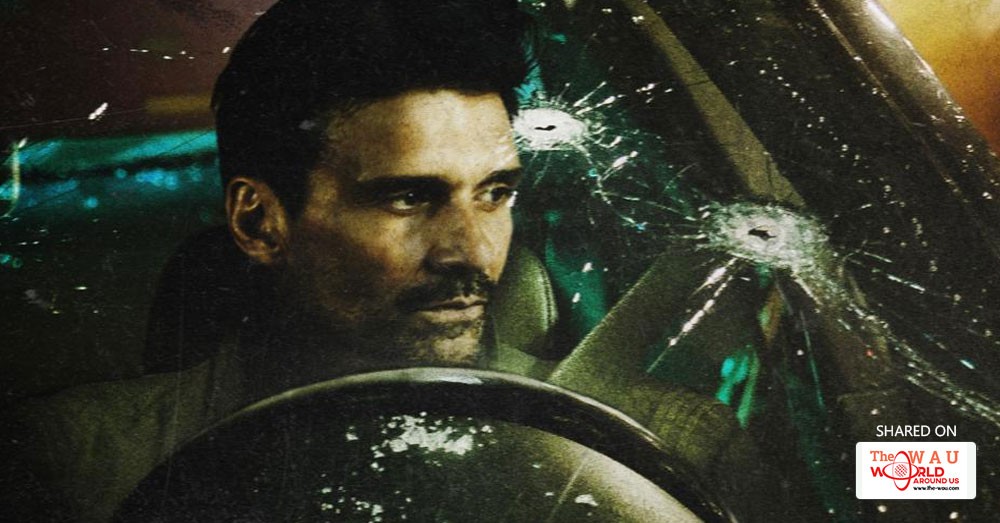It’s always interesting to see how young filmmakers shoot genre movies – how much they borrow from the classics, what their influences are, and whether or not they fall into the traps that have consumed those that came before them.
And the stakes are raised considerably with action movies. Will they succumb to the temptation of rapid-fire editing? Will they shoot with one, or multiple cameras? Will they have the patience to let their story play out organically, or rely on too many action beats?
In Wheelman, the new Netflix Original, director Jeremy Rush – a man whose name sounds like it was custom-made for this movie, like Marc Webb and The Amazing Spider-Man – not only pays homage to some of the best car movies ever made, he leaves decidedly unique tread marks all over it.
Like Walter Hill’s The Driver, starring Ryan O’Neal, and Nicolas Winding Refn’s Drive, starring Ryan Gosling – which, by the way, is one of the greatest films of the last decade – Wheelman features another in the well-oiled assembly line of nameless, Clint Eastwood-inspired men who moonlight as getaway drivers.

The film opens with a botched bank robbery. As always, the Driver waiting outside, his engine running, one eye on the holdup and the other on the road in front of him, already charting an escape route. But moments before his partners rush back to the car, he’s interrupted by a phone call from an unknown number. A man with a pronounced Boston accent tells him that he’s a stooge. His clients are going to shoot him the moment they make the drop, and he should ditch them the moment they load the cash into the trunk.
With only seconds to make a decision – to believe the stranger on the line, or to move ahead with the plan – the Driver snaps. The money’s loaded in the trunk, the automatic machine guns are chucked in the back seat, but before the robbers can hop in, he bolts; more than $230,000 of cold, hard cash fluttering in the back of his car, and a stranger’s voice barking commands in his ear.
It is then, merely 10 minutes after it began, that Wheelman reveals what sort of movie it is going to be: Phone Booth meets Locke. Now, while we can safely assume that most action-thriller fans would have seen Phone Booth, it is highly unlikely that anyone has seen Locke. No matter, consider this your lucky day. You’re discovering not one, but two absolutely thrilling movies that’ll make for an excellent double bill.
I mention Locke because while Wheelman is very obviously a love letter to classic ‘70s action pictures, there is no other film it resembles more – visually and stylistically – than Locke, the 2013 film that features the best performance of Tom Hardy’s career.
Like Locke, Wheelman is paced like a juiced up F1 car, racing through its roughly hour-and-fifteen-minute run time with barely any pit stops. All the exposition necessary to propel the plot – we learn through a series of phone conversations that the Driver is fresh out of jail, and is going through a bitter custody battle over his 13-year-old daughter – is done rather intelligently.
 '
'
And a big part of why it’s such a blast from the past is Jeremy Rush’s bold vision. We never leave the car. Not even for chase scenes. The only time we do happens about an hour into the film, and only for a few moments, just before jumping into another one. He shoots tight, in perpetual close-ups – of screeching tires, of taut grips on steering wheels, of feet ramming on the gas, but most of all, of Frank Grillo’s face.
Over the last few years, Grillo has emerged as quite the underrated action star, thanks to his roles in a couple of Purge and Captain America movies. But this is his vehicle. Despite its slick thrills, Wheelman could have crashed and burned without a strong central performance to anchor it. And Grillo is in every scene, and nearly every frame, delivering the performance of his life.
Watch the Wheelman trailer here
Share This Post















